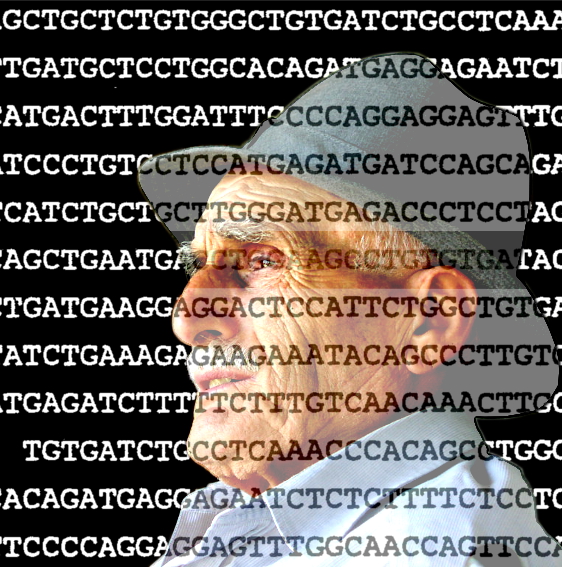New tech leads to telomere find

Telomeres are DNA segments of at the ends of every human chromosome. As we age, telomere length naturally decreases.
Over the course of a lifetime, telomere shortening instructs ageing cells to stop dividing.
This normally functions as a critical barrier to stop cancer. However, some people are born with abnormally short telomeres and suffer from bone marrow failure, pulmonary fibrosis and high rates of cancer.
Telomere length is also an important marker of disease risk for conditions such as cancer, heart disease and diabetes.
Telomere shortening causes chromosomes ends to resemble broken DNA. However, it has remained a mystery why telomeres change from healthy to unhealthy with age.
Now, a study by the Children’s Medical Research Institute (CMRI) has identified the underlying cause.
“We knew that telomeres regulate cellular ageing, but our new data explain the trigger that makes telomeres unhealthy,” said Dr Tony Cesare, Head of the Genome Integrity Unit at CMRI.
“Telomeres normally form a loop structure, where the chromosome end is hidden. We found that when the telomere-loop unfolds, the chromosome end is exposed and the cell perceives this as broken DNA.
“It is not telomere length that matters, but telomere structure. The telomere-loop becomes harder to form as telomeres get short.”
Additionally, the team identified that telomeres can also change structure in response to some chemotherapeutic agents, which helps kill cancer cells.
To complete the research, the team used super-resolution microscopes at four Sydney research institutions, and purchased the first “Airyscan” super-resolution microscope in Australia.
“This technology allowed us to see 10 times more detail than we had in the past,” Dr Cesare said.
“We could pass the physical limits of light and see the telomere-loop structure.
“We were only the second group in the world to see telomere-loops with super-resolution microscopes and the first to determine their function. It took us four and a half years to complete the project. It has been an enormous effort that I didn’t think was feasible five years ago,” he said.
“We’ve shown that it’s not just telomere length, but telomere structure and telomere health that we need to understand. The next step is to ask, can we correlate human health with telomere health? Our work suggests there is more to the story than just measuring telomere length.”








 Print
Print